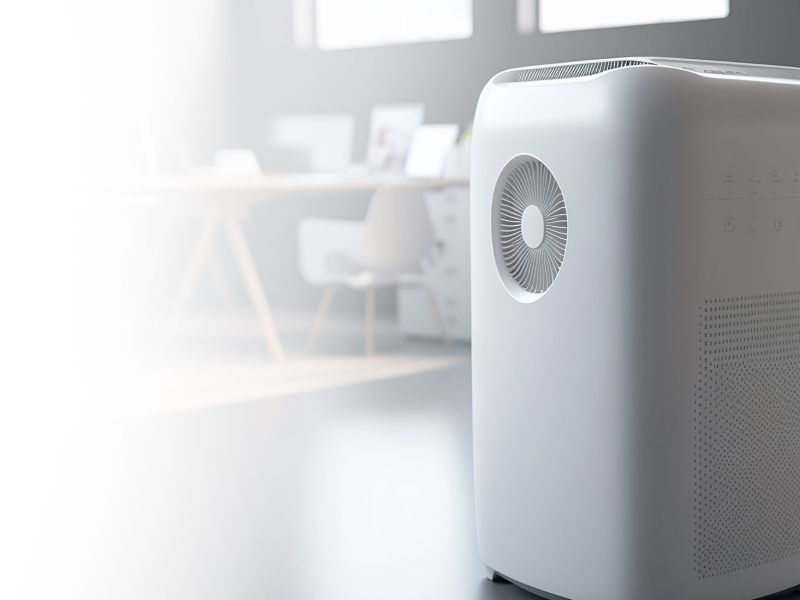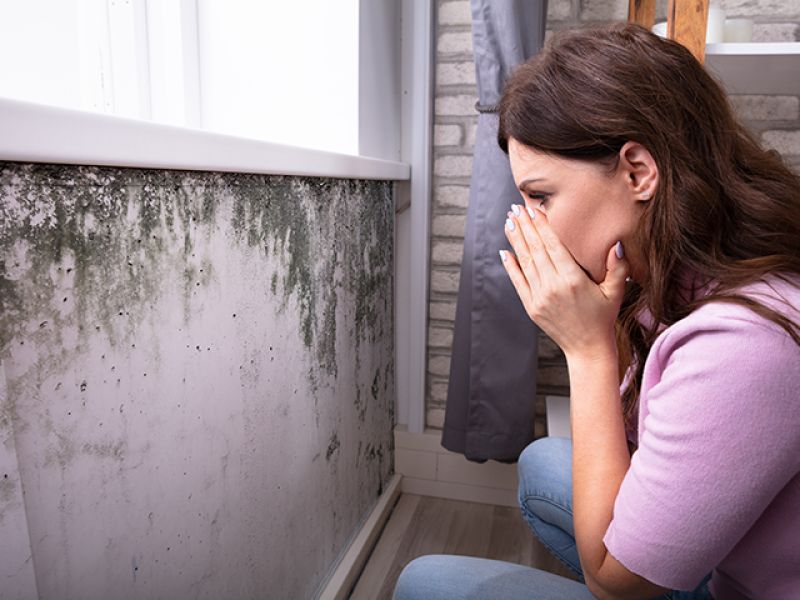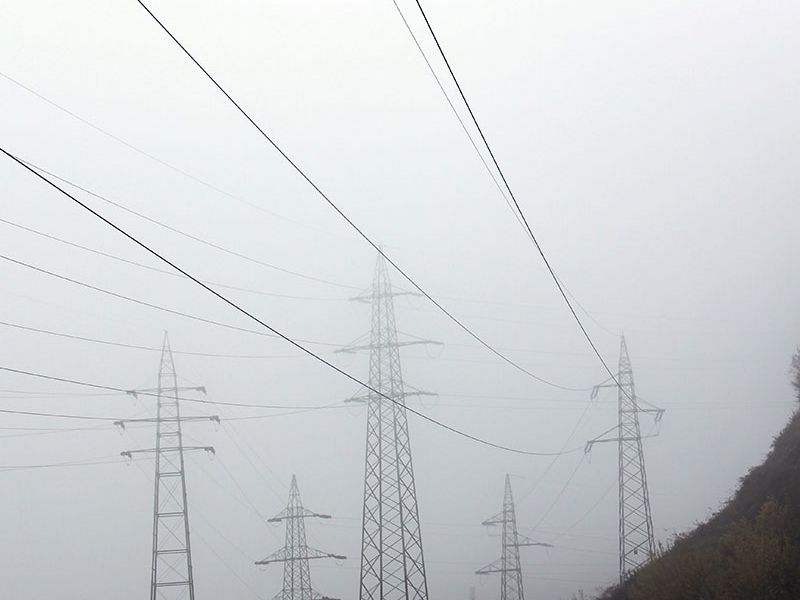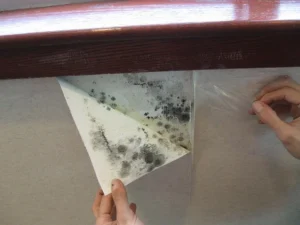Mold Health Effects: 5 Tips to Stay Safe

Mold—a word that might make you shudder, and for good reason. Often lurking in hidden corners or damp spaces, mold is more than just an unsightly inconvenience. It can pose serious health risks, especially to certain vulnerable groups. In this blog, we’ll explore how mold affects health, who is most at risk, and what you can do to protect yourself and your loved ones.
What is Mold and Where Does it Grow?
Mold is a type of fungus that thrives in damp, humid environments. Found both indoors and outdoors, it spreads through airborne spores. Common indoor sources include leaky pipes, poorly ventilated bathrooms, and basements with moisture issues.
Fun fact: Did you know that mold spores are nearly everywhere, but they only grow into colonies when given the right conditions? Unfortunately, those “right conditions” often overlap with our living spaces!
The Health Risks of Mold Exposure
Mold exposure can lead to a range of health problems, depending on the type of mold, the level of exposure, and an individual’s susceptibility. Here’s a breakdown of common effects:
Respiratory Issues: Mold spores can irritate the respiratory system, causing coughing, sneezing, and throat irritation.
Allergic Reactions: Many people are allergic to mold, which can trigger symptoms like itchy eyes, a runny nose, or skin rashes.
Asthma Complications: For those with asthma, mold can exacerbate symptoms or even trigger attacks.
Chronic Effects: Prolonged exposure to toxic molds, like *Stachybotrys chartarum* (commonly known as “black mold”), has been linked to more severe issues like memory problems, fatigue, or lung inflammation.
Children, the elderly, and those with compromised immune systems are particularly vulnerable to mold’s effects.
Signs of Mold in Your Home
Mold doesn’t always announce itself with a musty smell or visible patches. Other signs include:
– Persistent water stains or peeling paint.
– Increased humidity or condensation on windows.
– Health issues among family members that improve when they’re away from home.
Preventing and Addressing Mold
To keep mold at bay, try these tips:
1. Control Humidity: Aim for indoor humidity levels below 60%, ideally between 30-50%.
2. Fix Leaks Promptly: Whether it’s a dripping faucet or a roof leak, address moisture sources quickly.
3. Ventilation is Key: Use exhaust fans in bathrooms and kitchens, and ensure proper airflow throughout your home.
4. Regular Inspections: Check damp areas like basements, under sinks and behind toilets sinks for early signs of mold.

5. Professional Help: If mold infestation is significant, consult a mold expert. A few hundred dollars for a mold inspection can end up saving thousands of dollars in damage
Conclusion
Mold is more than just a household nuisance; it’s a genuine health concern that warrants attention. By understanding its risks and taking proactive measures, you can create a safer and healthier environment. Remember, the battle against mold starts with awareness. Share this blog with friends and family—they might thank you for it!
For more information about Mold’s Health Effects, visit the CDC web page about mold
Related Posts
Critical Alert: Nashville Commercial Air Quality Issues Could Be Costing You More Than You Think

Breathe Easier: Why a Nashville Air Quality Test Could Transform Your Health

Worried About Mold? Nashville Mold Testing Can Give You Peace of Complete Mind

Nashville Mold Inspection Guide: Discover the Alarming Signs You Can’t Ignore

Hidden Dangers? Why Nashville EMF Testing Is Gaining Urgent Attention


